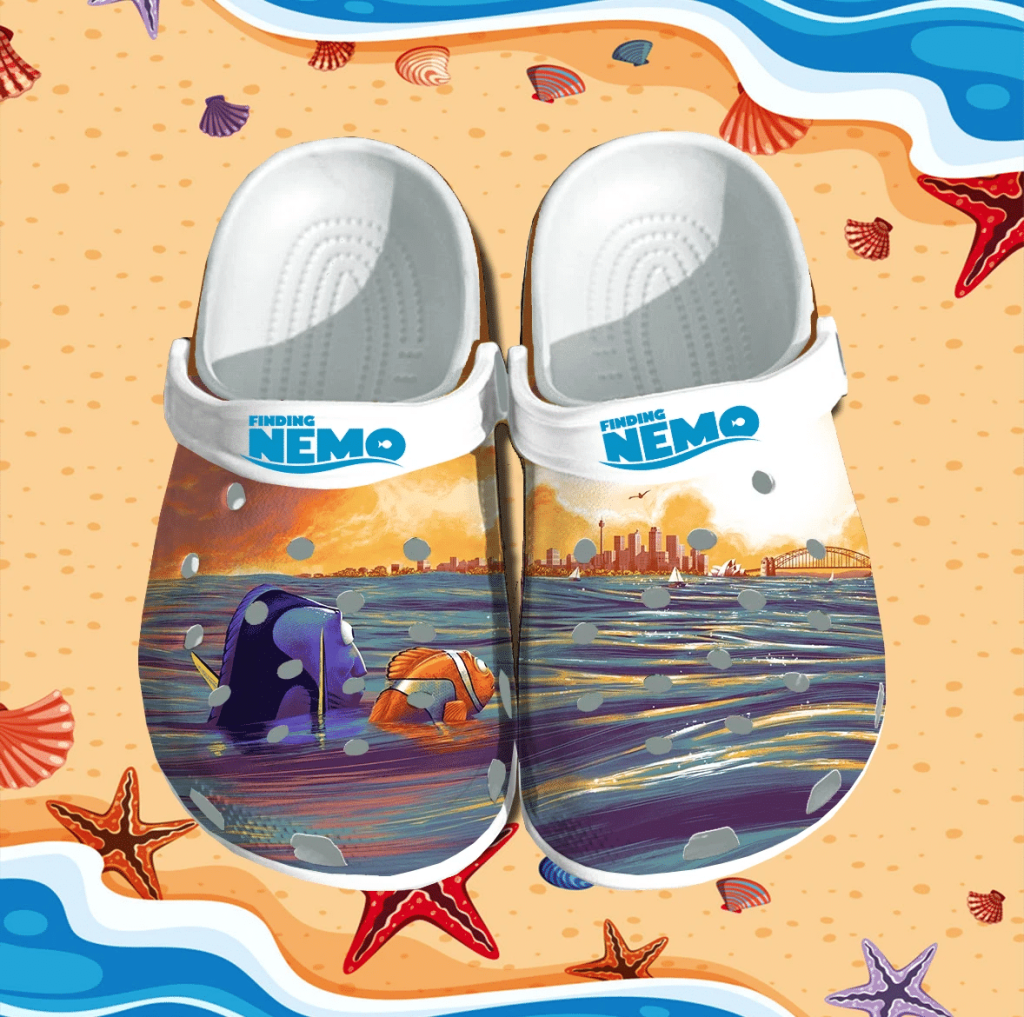

Uncomfortable beach shoes can ruin a perfect beach day! Imagine sinking your toes into the warm sand, only to be met with a painful pinching or rubbing sensation from the wrong footwear. This guide will explore the critical factors to consider when choosing comfortable beach shoes, offering insights and solutions to ensure your beach experience is as enjoyable as it should be. We’ll delve into various types of footwear, analyzing their pros and cons and providing practical tips for making the right choice. This comprehensive guide will cover everything from finding the proper fit to understanding different shoe materials and their water resistance.
Understanding the Problem
The Importance of Choosing the Right Footwear
Choosing appropriate footwear is paramount to any outdoor activity, but especially for water activities. Wearing unsuitable footwear during beach days can lead to discomfort, injuries, and even ruin the experience of the activity. Choosing appropriate footwear for your outdoor activities significantly impacts the pleasure, comfort, and safety of the experience.
Types of Uncomfortable Beach Shoes
Identifying Potential Issues
Many beach shoes, while appearing comfortable, can cause discomfort. One significant problem is improper sizing. A shoe that’s too tight or too loose can lead to rubbing, blisters, and foot fatigue. Poorly constructed materials can also be a factor; shoes lacking proper cushioning or support can cause pain after prolonged wear. Another issue is the lack of adequate arch support, leading to foot strain. Additionally, unsuitable designs can hinder your movement on uneven surfaces common on beaches.
Finding the Perfect Fit
Measuring and Selecting the Right Size
Proper sizing is critical for comfort and preventing blisters and other foot issues. Ensure the shoes fit snugly, but not so tight that they constrict blood flow or cause pressure points. It’s crucial to measure your foot length and width accurately and use this information when selecting a size. Many shoe stores have foot measuring tools to help you find the appropriate size for different brands.
Material Matters
Choosing the Right Material for Your Feet
The material of beach shoes plays a key role in comfort and performance. Look for breathable materials such as mesh or canvas, to avoid excessive heat build-up on your feet, which is critical in hot climates. Consider materials that are resistant to water and moisture. If your intention is to spend time in the water, waterproof and quick-drying materials are important. Ensure the soles are made of a durable material that provides sufficient grip and traction. Look at the reviews of different shoe brands for their material quality and resistance to wear and tear. If you are engaging in water activities, consider the durability and longevity of the material.
Avoiding Unnecessary Pain
Prevention Tips for Beach Foot Comfort
To ensure maximum comfort while wearing uncomfortable beach shoes, ensure the shoe is well-cushioned and well-supported. Look at the reviews for similar products or engage in a test run, walking around or moving in your shoes before buying. This can help you determine the best shoes based on your needs. Also, make sure to wear socks that will provide support and prevent blisters.
Frequently Asked Questions
What are the best materials for comfortable beach shoes?
Look for breathable materials such as mesh or canvas, to avoid excessive heat build-up on your feet, especially in hot climates. Consider materials that are resistant to water and moisture. If your intention is to spend time in the water, waterproof and quick-drying materials are important. Ensure the soles are made of a durable material that provides sufficient grip and traction. Different materials respond differently to various conditions, so be sure to weigh the factors for the kind of environment you plan to use them in.
How can I avoid painful shoes on the beach?
First, ensure the shoes fit snugly but not too tight to prevent rubbing and blisters. Measure your feet to get the right size for different brands. Consider the material; Breathable materials like mesh or canvas are better than heavy materials for hot climates. Waterproof materials are preferable for water activities. Test the shoe before buying by walking or moving in it to ensure it meets your needs. Consider wearing socks to prevent blisters and offer additional support.
In conclusion, choosing the right uncomfortable beach shoes is a crucial aspect of enjoying a relaxing beach day without sacrificing comfort or style. By considering factors such as fit, material, and functionality, you can find the perfect pair to suit your needs and preferences. This guide has explored various options and provided insights on how to avoid common pitfalls. Don’t hesitate to try different styles and brands to discover your ideal beach footwear! This is your ultimate guide to finding the perfect beach shoes to beat the summer heat while having fun in the sand. Visit our website or social media for more helpful tips and guides!.